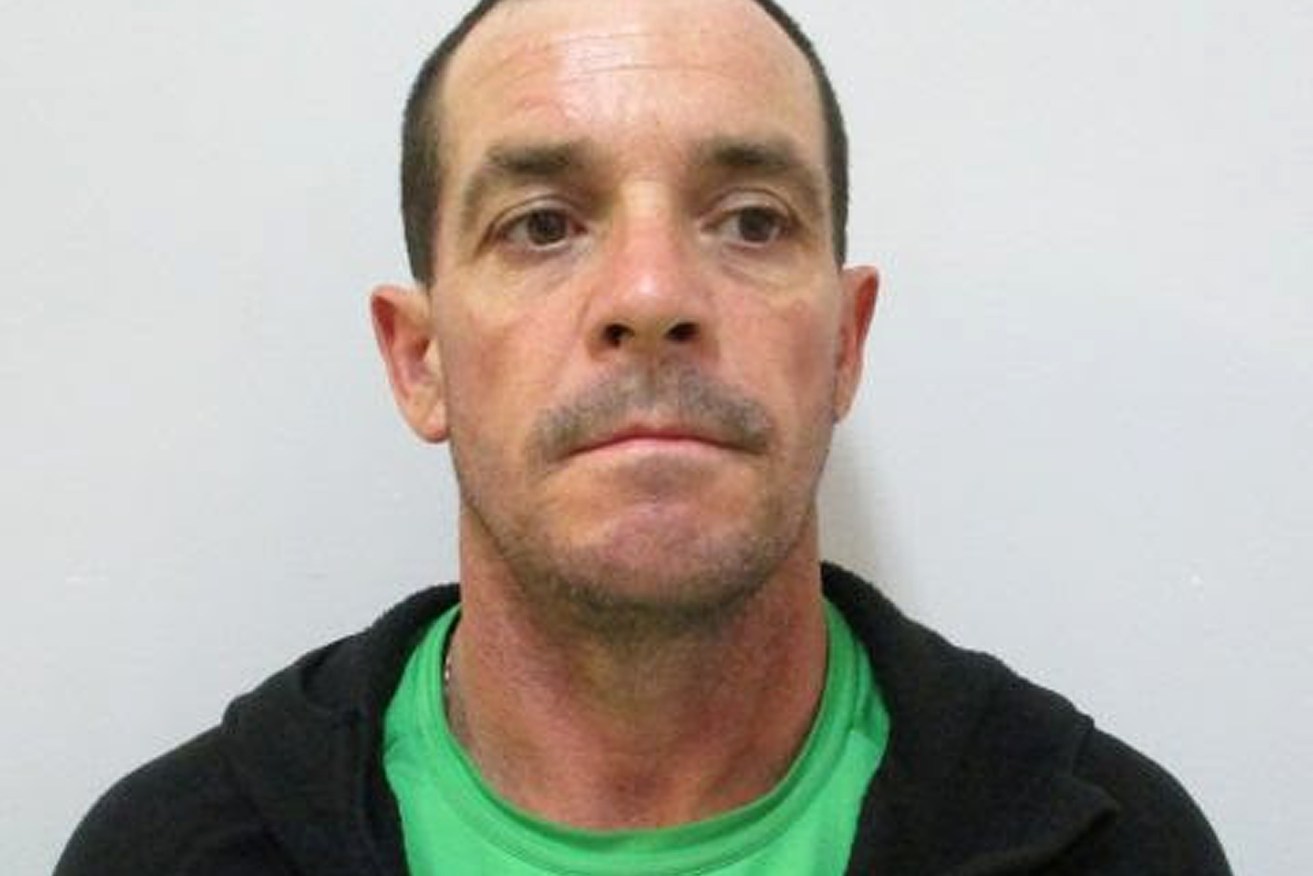Reasons unknown: Man’s death in Brisbane sewer to remain a mystery
Faced with wild speculation and conspiracy theories about the death of a drug addict whose decomposed body was found in a sewage tank, a Queensland coroner has been unable to make substantial findings.

The body of missing 45-year-old man Jason Guise was found in a Wynnum sewage tank. (AAP Image/Queensland Police)
The inquest into Jason Guise was closed on Thursday with coroner Donald MacKenzie saying he could not establish how and where the 45-year-old died, or the cause of death.
Guise’s body was found about noon on May 8, 2019 in a sewer well at the Wynnum waste treatment pump station, southeast of Brisbane.
Police found he could not have got into the tank and closed the well cover from inside.
The father-of-three had been reported missing by his flatmate Peter James Kelly six days earlier, but last seen on April 21 when he visited a food truck before returning home.
An autopsy did not determine the cause of death, but detected a potentially toxic level of methylamphetamine.
On Easter Sunday when he was last seen Guise had been with a friend Shane Johnson. Phone records show a triple-zero call made at 6.29pm, but it was disconnected before being transferred to emergency services.
During a “bizarre interaction” at 8pm Johnson insisted police search his car for fear he was being set up, but nothing of interest was found.
Johnson and Kelly became persons of interest, with the coroner describing the flatmate’s explanations for the 10-day delay in reporting Guise missing as “eyebrow raising” although they could not be considered lies.
MacKenzie found the only independent and uncontroversial evidence was the high level of meth in Guise’s body and expert opinion that he could not have got into the sewer alone.
“The absence of other compelling evidence has led to wild speculation and conspiracy theories,” the coroner said.
MacKenzie found five possible scenarios that included Guise becoming involved in a drug-fuelled argument with associates and being killed in retribution for unpaid drug debts or on suspicion of informing police about a dealer.
Olympic gold medallist Chantelle Newbery – an associate of Guise who had previously lived with him for several months – testified before the inquest, but had no evidence to support her theory that he mistakenly overdosed on heroin given to him by a dealer who placed him in the sewer to cover up.
Another theory is that Guise, who had a lengthy criminal history and was released on parole on March 7, may have upset somebody inside prison.
Former fellow prison inmate Gregory Hynds, provided evidence that was “fanciful at best”, but claimed he had contracted Mr Guise to recover 69 illegal firearms, drugs and cash from NSW.
Hynds concluded Guise was murdered after asking the wrong questions of the wrong people.
Another explanation was that Guise suicided, died of natural causes or accidentally overdosed on an illicit drug as he was clearly part of the illegal drug scene at Wynnum and a regular user.
“Whilst this scenario is unlikely, it is possible that the deceased died in non-suspicious circumstances and his body was disposed of in the sewer by friends and associates to avoid police scrutiny,” MacKenzie said in his findings.
The coroner said it was impossible to accept any one of the scenarios over the others.
“Each is potentially consistent with the evidence to establish the cause of this death,” MacKenzie added.
“How (Mr Guise) died, where he died and the cause of death cannot be established on the evidence before me.”
MacKenzie said Kelly and Johnson remained persons of interest and the inquest could be re-opened if more evidence becomes available.












